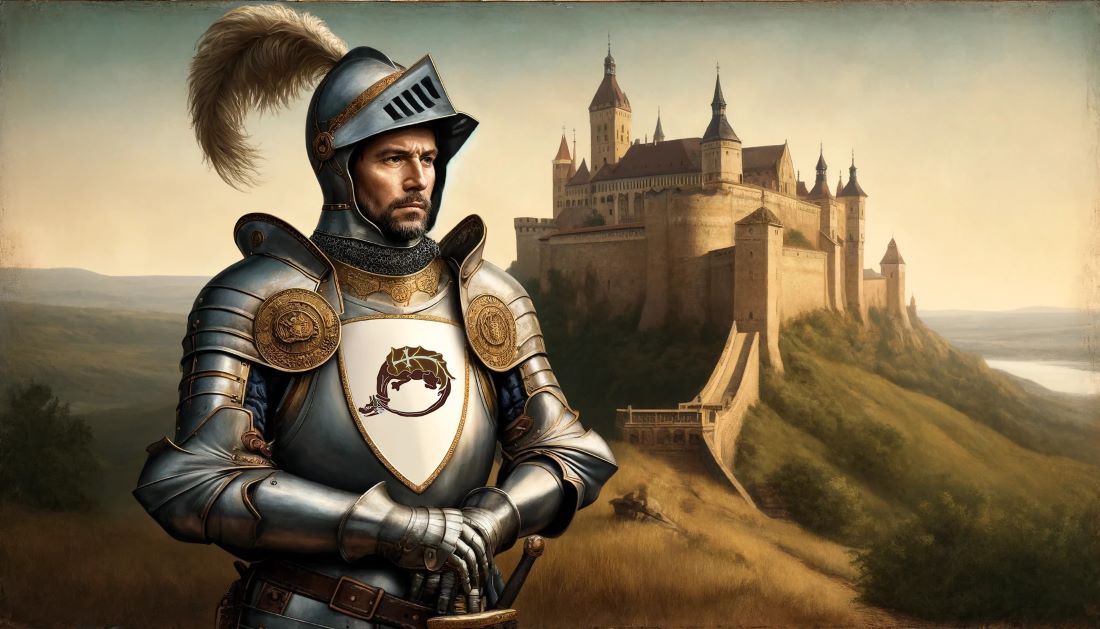The Order of the Dragon was a medieval chivalric order founded in the heartland of medieval Hungary. Established (or rather, reconstituted) in the year 1408, it was the brainchild of Sigismund of Luxembourg, who was then the King of Hungary and would later become Holy Roman Emperor. This prestigious order was dedicated to the defense of the Cross and the fight against the enemies of Christianity, particularly the Ottoman Empire. Drawing inspiration from the legendary dragons symbolizing strength and vigilance, the Order of the Dragon played an important role in the political landscape of medieval Europe, weaving a fascinating tapestry of knightly courage, intrigue, and historical significance.
The Mystery of Its Founding
The founding of the Order of the Dragon is shrouded in secrecy and ceremony, making it a truly classic example of a medieval chivalric order with a story as intriguing as its emblem. Although 1408 is officially marked as the year of its foundation, there are traces of earlier activities of the knights who later became members of the order. Correspondence and historical documents indicate meetings and discussions about the formation of the order long before the statutes were adopted. This means that the idea of the order and its structure did not appear suddenly, but gradually developed in the context of complex medieval political games and external threats.
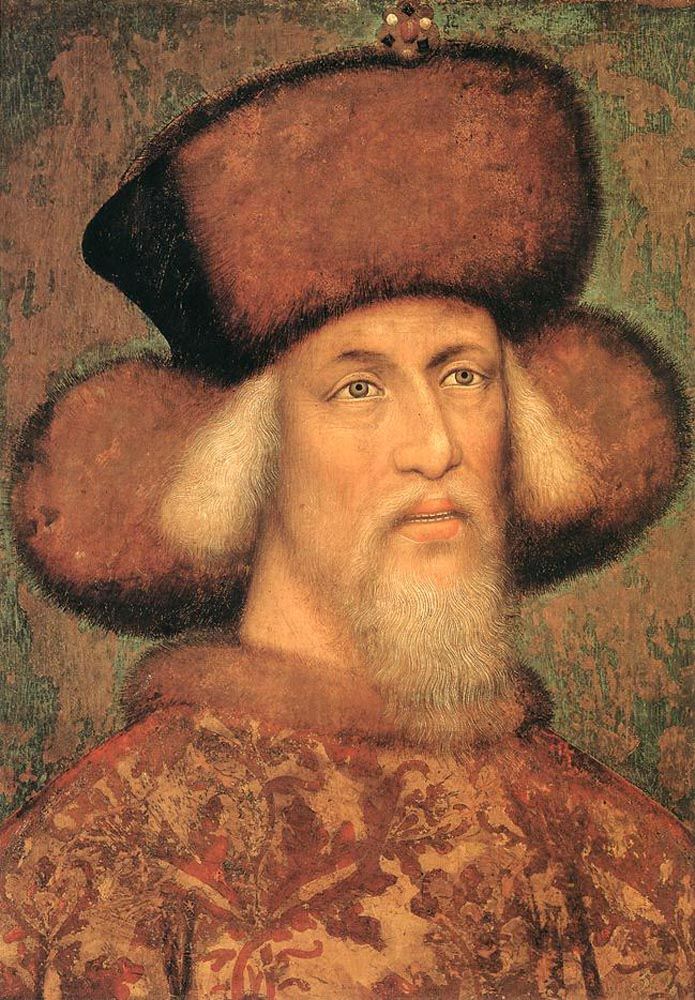
Symbols and Statutes of the Order of the Dragon
The dragon, a powerful creature symbolizing strength, vigilance, and protection, is at the center of the Order of the Dragon’s identity. Its image, with its tail wrapped around its neck, represented strength and symbolized the order’s commitment to defending Christianity and its territories. Next to the dragon was the cross, a reminder of the Christian faith and the fight against infidels.
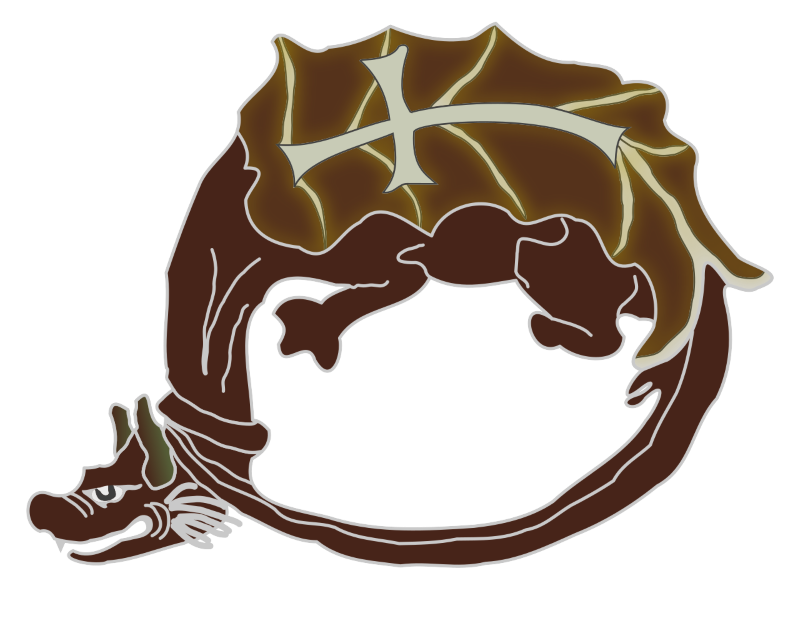
The statutes of the Order of the Dragon prescribed rules of conduct for its members, emphasizing bravery, loyalty, and brotherhood among the knights. These principles and symbols were designed to unite members regardless of background and motivate them to do noble deeds.
The Noble Cadre of the Order of the Dragon
At the heart of the Order of the Dragon lay a distinguished ensemble of barons and magnates, handpicked by Emperor Sigismund himself. Founded in 1408 with meticulous care, the Order wasn’t a random gathering of nobles. Instead, Sigismund deliberately assembled his most loyal supporters. The initial roster of 21 members was a testament to this, featuring luminaries from the political arenas of Stefan Lazarević, Nicholas II Garai, and Hermann II of Celje. Among these were figures of considerable clout, such as Stibor of Stiboricz and Pippo Spano, whose reputations spanned the breadth of Europe.

Sigismund’s strategic acumen in selecting these members was evident. Each individual not only brought their martial prowess to the table but also represented significant geopolitical interests and connections. For instance, Stefan Lazarević, the Serbian Despot, with his emblematic coat of arms entwined with the dragon, underscored the Order’s Christian militant ethos against the Ottoman incursion. Similarly, Hermann II of Celje, through his familial ties and extensive influence, bridged diverse European polities under the Order’s banner.
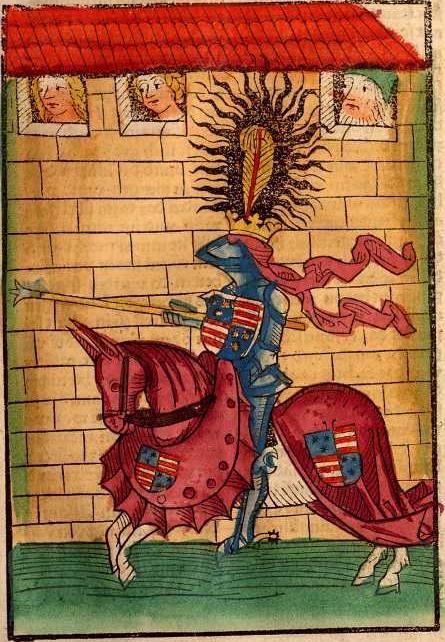
As the Order’s prestige grew, so too did its membership, expanding to include a second cohort between 1431 and 1437. This enlargement was symbolic of Sigismund’s vision to fortify Christian Europe’s bulwarks, creating a pan-continental alliance of knights vested not only in martial valor but also in shared chivalric values. The Order’s bifurcation into two degrees further illustrated its hierarchical structure, with the superior class adorning both the dragon and the cross, emblematic of their elite status and commitment to the cause.
Post-Sigismund’s demise in 1437, the Order might have receded in prominence, yet its symbols and ideals continued to resonate. The dragon emblem, for instance, found a lasting place in the heraldry of numerous Hungarian noble families, including the Báthorys and the Rákóczis, signifying the enduring legacy of the Order’s chivalric and Christian defensive ethos.
Expansion and Legacy of the Order of the Dragon
The subsequent expansion of the Order, with the inclusion of additional members over the decades, reflected its evolving role in European politics. Figures like Vlad II Dracul, the Prince of Wallachia, and foreign allies such as King Henry V of England, though not bound by an oath of loyalty, were emblematic of the Order’s broadening scope and its appeal as a symbol of pan-European resistance against external threats.
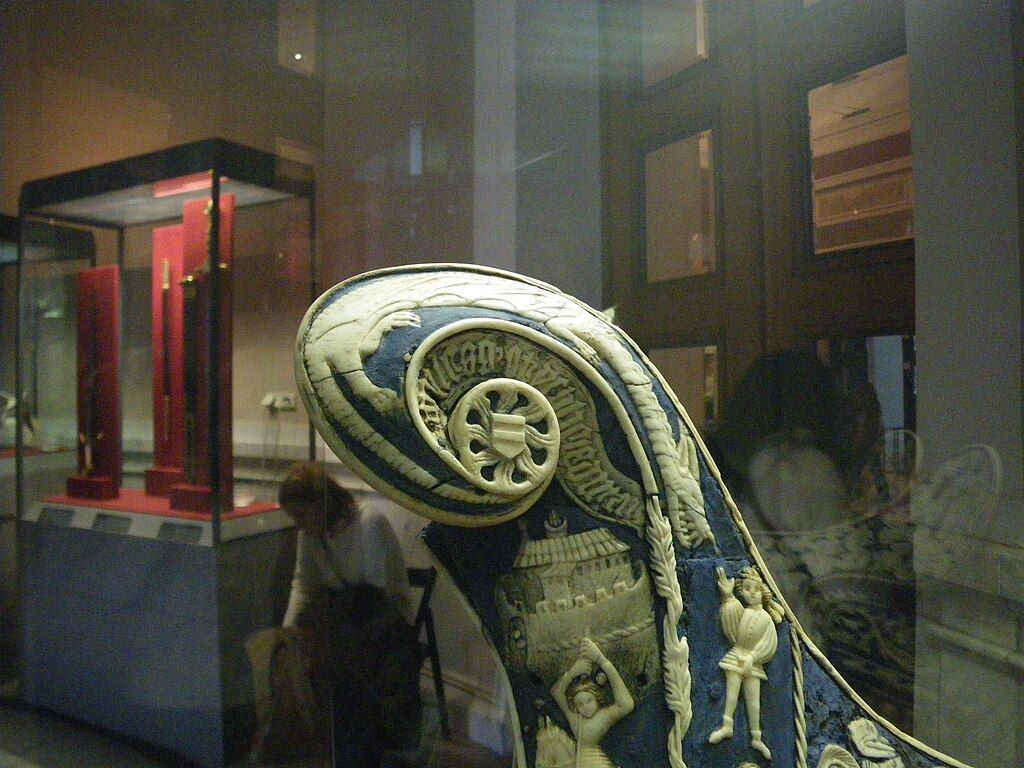
Even as the political landscape of Europe shifted and the Order’s immediate military objectives waned, its cultural and symbolic legacy endured. The dragon emblem, a motif of resilience and vigilance, continued to adorn the banners and coats of arms of noble families across Europe, a perpetual reminder of the Order’s once-formidable presence and its enduring influence on the chivalric and noble traditions of the continent.
In the annals of history, the Order of the Dragon stands out not merely as a military or chivalric order but as a seminal force in the shaping of Europe’s noble ethos. Its members, from its illustrious founders to its later inductees, embodied the highest ideals of knighthood: bravery, loyalty, and a steadfast commitment to the Christian faith and European unity.
Historical Challenge: Can You Conquer the Past?
Answer more than 18 questions correctly, and you will win a copy of History Chronicles Magazine Vol 1! Take our interactive history quiz now and put your knowledge to the test!

